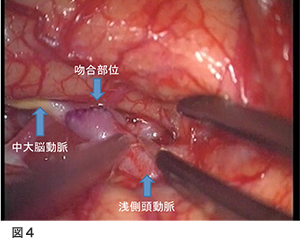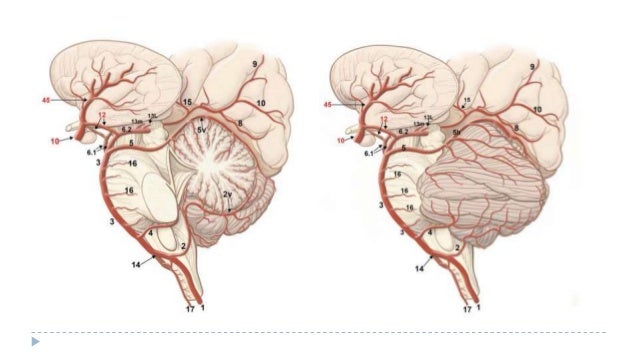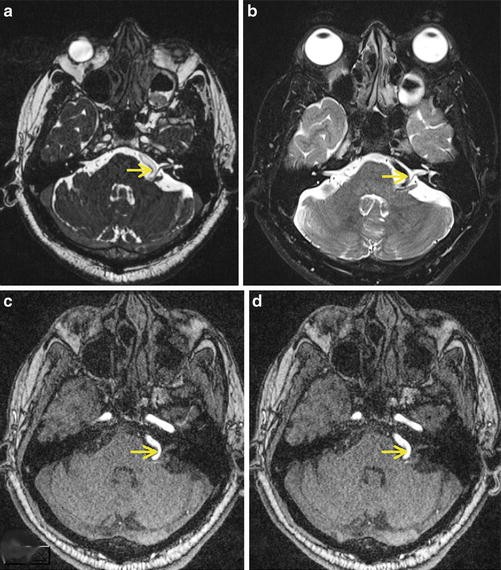

Case reportĪ 69-year-old man with a history of hypertension, diabetes mellitus and hyperlipidemia was admitted with sudden-onset dizziness. Here we describe the case of a patient with Opalski syndrome involving the right medullary, upper cervical cord and cerebellar vermis, who developed sudden-onset hearing loss during treatment. 1 Sensorineural hearing loss as a result of posterior circulation infarction is usually accompanied by anterior inferior cerebellar artery (AICA) infarction and is not usually seen in LMS. Weakness in this syndrome is explained by involvement of the corticospinal tract in the cervical cord just caudal to the pyramidal decussation. Opalski syndrome, which is the LMS presenting with ipsilateral hemiparesis, is rare because ischemic lesions of the lateral medulla are anatomically distant from the pyramidal tract. Although 9 in 10 cases of eating disorders occur among women, those in men increased by 53 percent between 19.Lateral medullary syndrome (LMS) is caused by ischemia of the brain region supplied by the vertebral artery (VA) or the posterior inferior cerebellar artery (PICA). Patients with pica and other eating disorders may also be hospitalized for other conditions, such as depression, fluid and electrolyte disorders, schizophrenia, or alcohol-related disorders. Some mental health professionals categorize pica as an obsessive-compulsive disorder, which would describe your behavior if you feel powerless to stop it even you know it it’s risky. Some people have claimed that pica eating behavior eases anxiety and tension.

You may eat clay, starch, or some other substance simply because you enjoy it. Some people from areas of the American South have also commonly eaten clay. The clay forms a protective coating in the lining of the intestine and binds bacteria there. People in some parts of Nigeria eat kaolinite (a form of clay) to fight diarrhea. In some cultures, pica is practiced for medicinal purposes and may actually have some value, according to Psychology Today. Because of such avoidance or lack of knowledge, it’s that pica might be much more common than originally thought, although it can be treated with a multi-disciplinary approach that includes both mental and medical intervention.Īlthough hospitalizations for eating disorders are trending downward, from 1999 to 2009 hospitalizations for patients with pica increased 93 percent. A pregnant woman might not want to admit such cravings out of shame. If a child has pica, the parents may not even be aware of what the disorder is. Pica is one of the most difficult eating disorders to treat because people don’t want to admit that they have it. Women who are deficient in iron or other nutritive metals may have pica, and some research suggests that women who had pica as children are much more likely to have pica when pregnant. Pregnant women can suffer from pica, as well. It may occur in as many as 10 to 32 percent of children before they’re six years old. The exact cause of pica is not known, and it is thought that many combined factors contribute the behavior. But, since it is linked to deficiencies in the diet, a doctor may perform blood tests to check the levels of iron and zinc in the body. There is no single diagnostic test for pica. Research has linked pica to an iron deficiency, although that’s just one facet and not the only cause.

It got its name in the 16 th century from the Latin for magpie, a bird that is known it eat just about anything. YOU MIGHT ALSO LIKE: Debunking Eating Disorder Myths People with pica, an eating disorder, will have urges to eat soil, coal, rust, chalk, and paper, although people with pica syndrome have been known to ingest anything from animal feces to bits of metal. The exact cause of pica syndrome is not known, but it might involve mineral deficiency and psychological age.


 0 kommentar(er)
0 kommentar(er)
